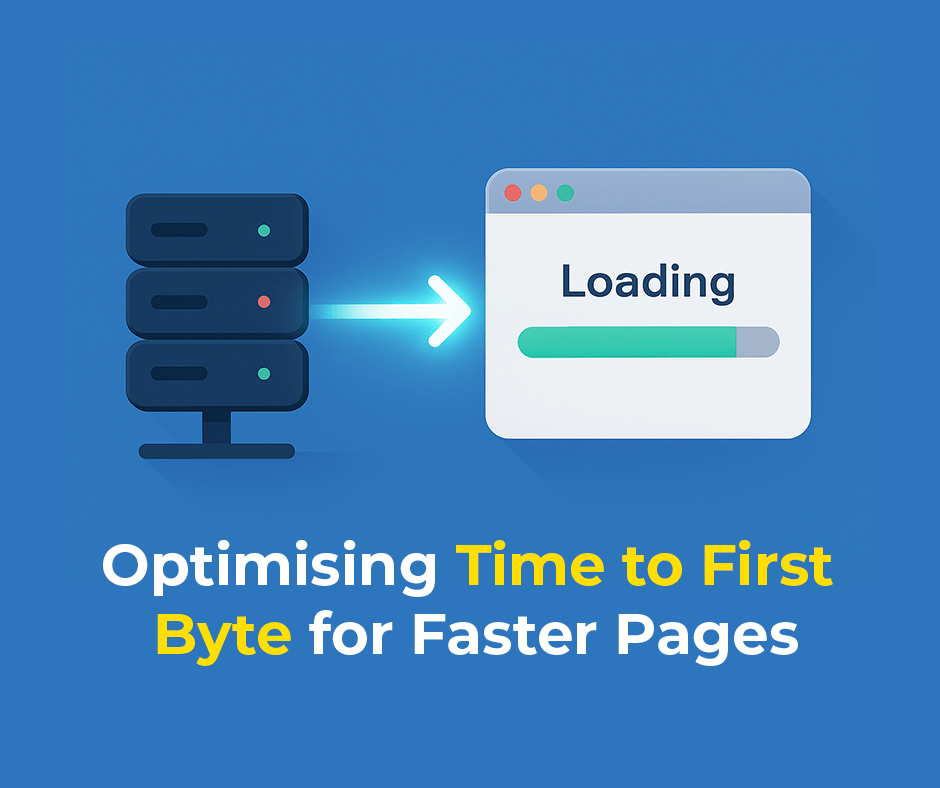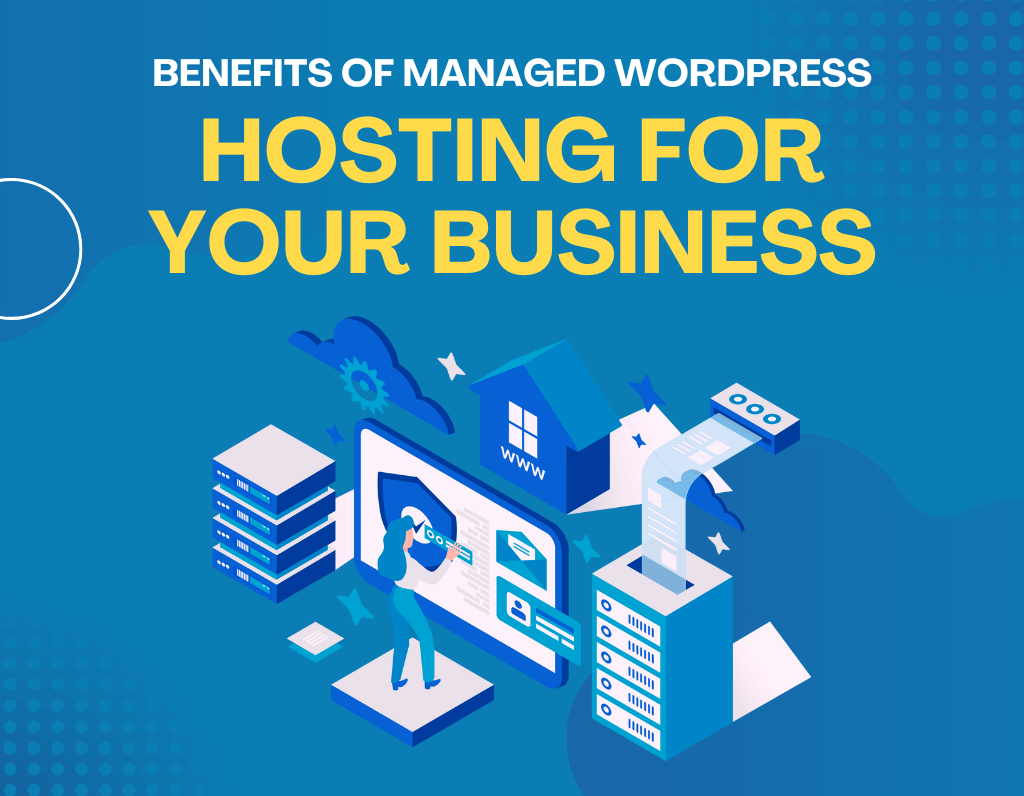The ROI Revolution: Unleashing the Power of Web Design
In the sprawling digital landscape, a website isn’t just an online address; it’s a dynamic gateway to your brand’s potential. Web design goes far beyond aesthetics, transcending into a strategic tool that can significantly bolster your Return on Investment (ROI). In this comprehensive exploration, we delve into the realm of web design and its potent capacity to propel your business forward, backed by a series of thought-provoking questions and compelling facts.
1. What Defines Effective Web Design and Its Role in ROI Enhancement
Web design is more than just visual allure—it’s an intricate blend of aesthetics, functionality, and user experience. Studies reveal that a staggering 38% of users disengage from a website if the design is unappealing. This initial interaction forms the cornerstone of brand perception, influencing credibility and trust.
Fact: The Stanford Credibility Project found that 75% of users judge a company’s credibility based on its website design.
2. User Experience: A Catalyst for Conversion
An outstanding user experience (UX) is a cornerstone of web design’s impact on ROI. Seamless navigation, intuitive interfaces, and a user-centric approach create an environment where visitors stay longer, explore deeper, and are more likely to convert.
Fact: Forrester Research highlights that a well-designed user interface can increase conversion rates by up to 200%.
3. Mobile Responsiveness: Embracing the Mobile-First Imperative
In the mobile-centric era, mobile responsiveness is a prerequisite for ROI growth. Google’s mobile-first indexing underscores its significance. Mobile-friendly design ensures that your website adapts seamlessly, delivering consistent user experiences and mitigating bounce rates.
Fact: Google reports that 61% of users are unlikely to revisit a site they had trouble accessing on their mobile devices.
4. The Visual Psychology of Conversion Optimisation
Strategically placed visual elements like compelling images and well-designed call-to-action buttons can significantly influence user engagement and conversions. Eye-tracking studies reveal how these elements guide users toward desired actions.
Fact: Equant’s case study showcased a 32.5% increase in conversions by optimising the placement of a call-to-action button.
5. Website Speed: The ROI Accelerator
Website loading speed is a direct determinant of user satisfaction and conversions. Research underscores that users expect swift loading times, and a delay of just a few seconds can lead to abandonment. Optimising site speed has a direct correlation with ROI.
Fact: Amazon estimated that a one-second delay in page load time could result in a $1.6 billion annual loss in sales.
6. Engaging Content: The Key to Captivating ROI
Engaging content that resonates with your audience is a hallmark of effective web design. Compelling narratives, informative articles, and interactive media can drive user engagement, foster loyalty, and ultimately contribute to a higher ROI.
Fact: The Content Marketing Institute found that 60% of consumers are inspired to seek out a product after reading content about it.
7. The SEO Connection: Navigating the Search Landscape
Effective web design and Search Engine Optimisation (SEO) are intertwined. An SEO-optimised design enhances visibility, driving organic traffic and potential conversions. The marriage of web design and SEO can yield remarkable ROI results.
Fact: Google’s search algorithms favour mobile-responsive websites, potentially increasing your site’s organic search ranking.
8. A/B Testing: Unveiling ROI-Boosting Insights
A/B testing, a method of comparing two design variations, offers a data-driven approach to refining your web design. By experimenting with different elements, you can pinpoint the strategies that resonate most with your audience and drive conversions.
Fact: HubSpot’s case study reported a 21% increase in conversions by changing the colour of a call-to-action button.
9. Brand Consistency and Recognition: Amplifying ROI
Consistent branding across all digital touchpoints enhances recognition and reinforces trust. A coherent visual identity and design language can foster a connection between your website and your brand, leading to higher engagement and conversions.
Fact: Research conducted by Lucidpress has demonstrated that maintaining consistent branding across various touchpoints has the potential to elevate revenue by as much as 23%.
10. Analysing User Behaviour: A Window to ROI Enhancement
Web design doesn’t end with the launch of a site; continuous analysis of user behaviour is imperative. Tools like heatmaps and user session recordings provide invaluable insights, helping you refine design elements and drive ROI.
Fact: Website analysis tools can uncover user pain points and help you optimise design for better user engagement. The ROI Revolution: Unleashing the Power of Web Design.
11. Personalisation: Tailoring the Experience for Maximum Impact
Web design’s potential for ROI enhancement extends to personalisation. By tailoring content and design elements to individual user preferences and behaviours, you can create a more engaging and relevant experience. Epsilon’s investigation unveiled that a notable 80% of consumers exhibit a heightened inclination to complete purchases when presented with personalised experiences from brands.
Fact: A study by Monetate revealed that personalisation can drive a 20% increase in sales.
12. Accessibility: Inclusivity for Wider Engagement
A truly effective web design considers accessibility, making your website usable for all individuals, including those with disabilities. A well-designed accessible website not only fosters inclusivity but also expands your potential audience, leading to increased engagement and, consequently, a higher ROI.
Fact: The World Health Organisation estimates that over 1 billion people globally have a disability, highlighting the importance of accessible web design.
13. Social Proof and Testimonials: Building Trust and Credibility
Integrating social proof elements, such as customer testimonials and reviews, into your web design can significantly impact user trust and influence their purchasing decisions. Nielsen’s research indicates that 92% of consumers trust recommendations from peers and strangers over traditional advertising.
Fact: According to BrightLocal, 85% of consumers trust online reviews as much as personal recommendations.
14. Cross-Device Consistency: Seamless Experience Across Platforms
In a multi-device world, maintaining consistency in design and functionality across different devices is essential for maximising ROI. Users should have a seamless experience whether they’re accessing your website from a desktop, tablet, or smartphone.
Fact: Google’s Mobile Path to Purchase report found that 36% of consumers conduct research on their mobile device while in a store.
15. Data Security and Trust: A Foundation for ROI Growth
User data security is paramount in today’s digital landscape. A secure website not only protects user information but also fosters trust. A survey by HubSpot revealed that 82% of customers would leave a website if they didn’t trust its security measures.
Fact: The General Data Protection Regulation (GDPR) requires businesses to prioritise data protection, underscoring the importance of web security.
16. Customer Journey Mapping: Guiding Users to Conversions
Designing your website with the customer journey in mind can optimise the path to conversion. Mapping out various touchpoints and optimising design elements at each stage can lead users seamlessly through the buying process, enhancing ROI.
Fact: According to Adobe’s Digital Trends 2021 report, 42% of businesses use customer journey mapping to improve customer experiences.
17. Social Media Integration: Amplifying Engagement and ROI
Integrating social media seamlessly into your web design allows users to share content easily and interact with your brand across platforms. This integration can lead to increased engagement, brand exposure, and potentially higher ROI.
Fact: Hootsuite’s research reveals that there are over 4.2 billion social media users globally, making social integration a powerful avenue for ROI growth.
18. Evolving Trends: Staying Ahead for Sustained ROI
Web design trends continually evolve, and staying ahead of these shifts can give you a competitive edge. Regularly updating your design to align with current trends can enhance user engagement, keeping your website fresh and appealing.
Fact: The use of AI-driven chatbots on websites is projected to grow by 136% by 2023, offering personalised interactions and potential ROI benefits.
Conclusion
In the modern era, digital footprints hold the weight of physical storefronts, and web design has emerged as a pivotal gateway to unlock a brand’s full potential. Beyond mere aesthetics, web design wields strategic prowess capable of reshaping the landscape of Return on Investment (ROI). Our exploration delves into the myriad ways web design fuels business growth, supported by probing questions and compelling facts.
From the instant a user lands on your site, the fusion of aesthetics, functionality, and user experience takes centre stage. Research highlights that a staggering 38% of users abandon a website with uninspiring design, an initial interaction akin to a virtual handshake that moulds brand perceptions and nurtures trust.
User Experience (UX)
User experience (UX) stands as the linchpin, with seamless navigation, intuitive interfaces, and user-centric design fostering longer visits and higher conversion probabilities. Forrester Research attests that a well-crafted user interface can potentially amplify conversion rates by a remarkable 200%.
Mobile Responsiveness
In the era of mobile supremacy, mobile responsiveness is imperative. Google’s mobile-first indexing underscores its significance, ensuring a responsive design that adapts seamlessly to diverse devices and mitigates bounce rates, fostering a surge in ROI.
Visual Elements
Strategically orchestrated visual elements, including images and call-to-action buttons, drive user engagement and conversions. Eye-tracking studies reveal their impact, with EyeQuant’s case study indicating a remarkable 32.5% increase in conversions through precise call-to-action button placement.
Loading Speed
Website loading speed, a cornerstone of user satisfaction and conversions, resonates in Amazon’s estimation—a single second delay could equate to a staggering $1.6 billion annual loss in sales.
Content
Engaging content becomes the nucleus for ROI maximisation, with narratives, articles, and interactive media forging deeper user engagement and loyalty. The Content Marketing Institute reinforces this, revealing that 60% of consumers are prompted to explore a product after engaging with its content.
Search Ranking
Web design’s synergy with Search Engine Optimisation (SEO) opens pathways to organic traffic and potential conversions. Google’s emphasis on mobile-responsive websites magnifies their organic search ranking impact, a conduit for heightened ROI.
A/B Testing
A/B testing, a strategic endeavour, unveils insights that fuel web design optimisation. HubSpot’s data-driven case study underscores this with a 21% conversion increase achieved through a simple call-to-action button colour change.
Brand Consistency
Consistency, recognised as the bedrock of brand recognition, can amplify revenue by up to 23%. Web design remains a continuous symphony, with user behaviour analysis refining design and echoing the ROI crescendo.
Personalisation
The narrative broadens, encompassing personalisation and inclusivity. Tailored experiences and accessible design resonate profoundly with users, potentially spurring heightened engagement and ROI.
Social Media
Social proof, weaved into design, augments trust and credibility, with testimonials swaying 92% of consumers. Cross-device harmony fosters seamless user engagement, while data security cultivates trust, a fertile ground for ROI.
Conversions
Guiding users toward conversions through the customer journey becomes pivotal, and social media integration extends digital influence, fostering brand exposure and engagement.
Trends
Staying attuned to evolving trends sustains engagement and competitive advantage, while AI-driven chatbots herald an era of personalised interactions, promising ROI evolution.
As we orchestrate web design’s symphony, each note resonates, crafting a melody that crescendos into amplified ROI. Web design transcends aesthetics, emerging as a strategic keystone to redefine digital destiny. Armed with insight and design power, businesses embark on a transformative journey, architects of ROI brilliance.
The post ( How Can Web Design Boost Your ROI? – Visual Marketing) appeared first on Visual Marketing Australia.
Source: Source link





